Disaster Supply Kit: Cooking
THE POINT
DO THIS
- Determine what cooking, fire starting, and eating supplies work best for you and your family in your disaster supply kits.
- Put those in your emergency kits.
- Rotate as necessary.
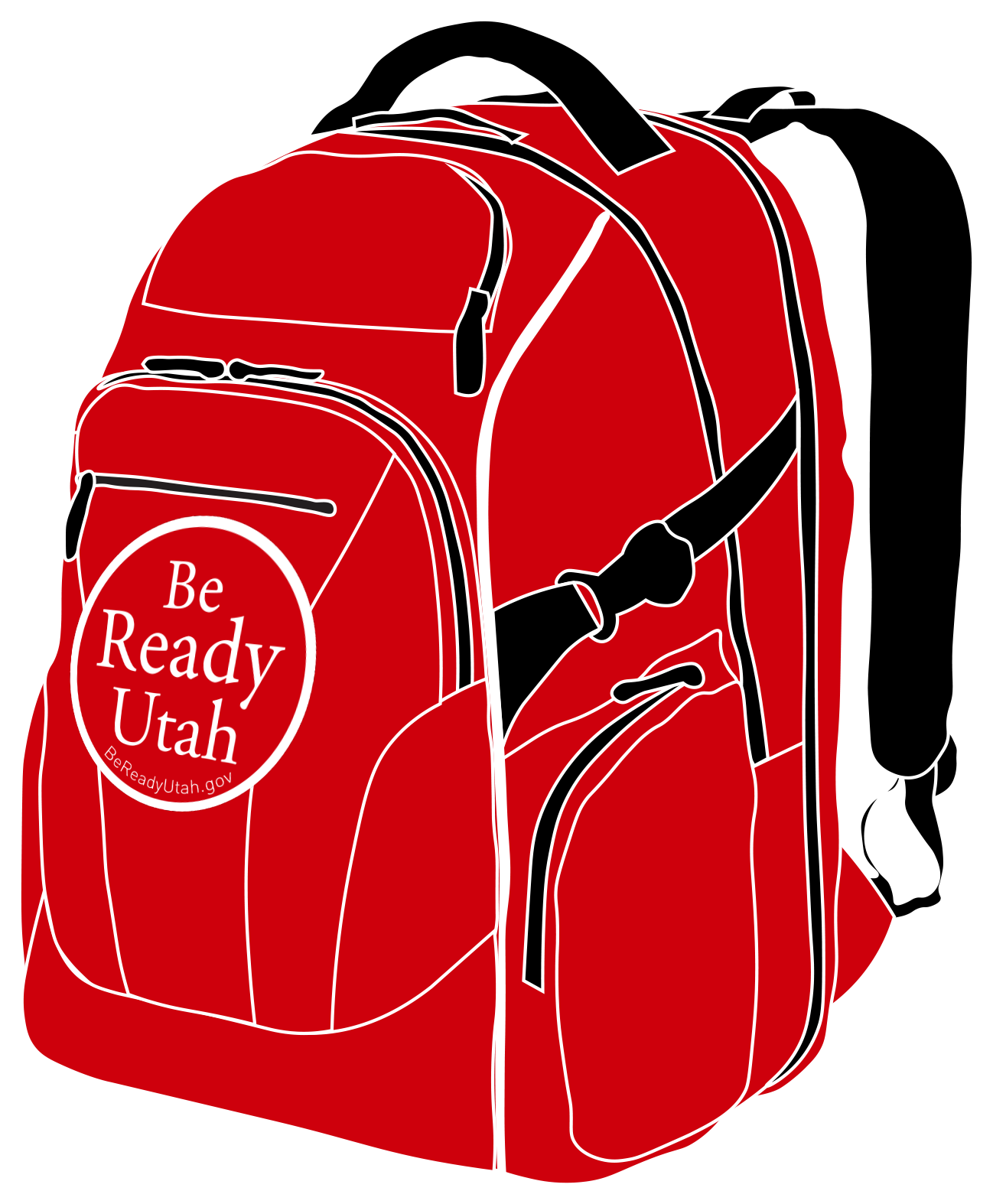 Disaster Supply Kit Cooking
Disaster Supply Kit Cooking
For the most part, the food in your disaster supply kit should be ready-to-eat and not require any cooking. That being said, including some soup and hot cocoa can help you or a family member maintain a healthy body temperature. Being able to warm some water and heat a small amount of food can be important to your well being. You just need to have the supplies in your kit to do that.
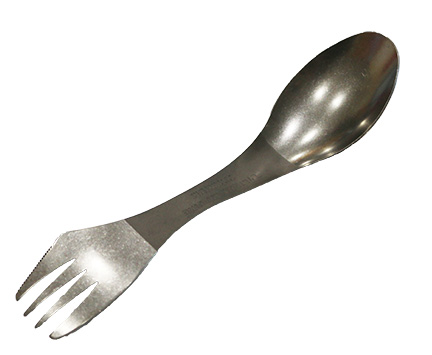
Spork
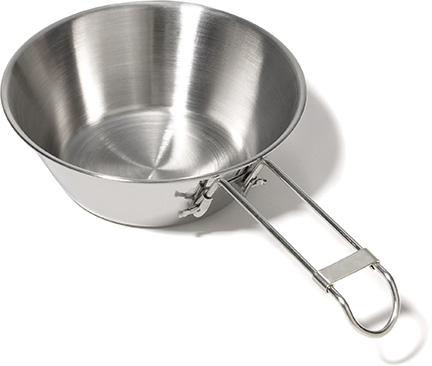
Camp cup
Include a camp cup, plate or bowl, and utensils so you have what you need to prepare and consume your meals. Metal items are less likely to break and can be used for cooking over a heat source as well. To save room and weight in your kit get a camp cup that can double as a bowl and a small cooking pot.
A knife, fork, and spoon set is nice to have, but you may want to get a "spork" to combine the spoon and fork, again to save room and weight. You can use the pocket knife in your kit if you need to cut some food. Just be sure it is clean before using it.
You will also need some way of providing cooking heat. You should have a fire starting kit with a few different options for ignition sources. You can use natural fuels around you to start a small fire for cooking. You won't need a big fire for warming small amounts of food.
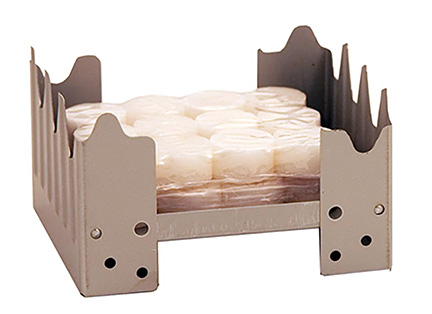
Folding stove
A lightweight backpacking stove is a good option if you have room in your kit. We recommend the military style folding stove that can hold the fuel tablets in the collapsed stove for easy storage in your kit. This saves room compared to the bulkier backpacking stoves that require bottles of compressed liquid fuel. The folding stoves are also much less expensive. The fuel tablets can be lit with a match and burned as your primary fuel source. They burn for about 15 minutes, depending on the size, and don't have a means of putting them out once they are lit. We prefer to break or shave off a piece of a tablet and use it as a fire starter with some tinder and then to burn some small kindling gathered from your surrounding environment in the folding stove for your heat source. This stretches your fuel tablets much further than would be otherwise.
 Paper towels and/or a small dish cloth can be used to clean dishes and utensils and also your food preparation area. Include a small bottle of anti-bacterial dishsoap for helping in cleaning your cooking kit. It's also a good idea to include a scrubbing sponge in your cleaning supplies as well to help clean off burnt food from your dishes and utensils. Cut it down to about a quarter of its original size to save room.
Paper towels and/or a small dish cloth can be used to clean dishes and utensils and also your food preparation area. Include a small bottle of anti-bacterial dishsoap for helping in cleaning your cooking kit. It's also a good idea to include a scrubbing sponge in your cleaning supplies as well to help clean off burnt food from your dishes and utensils. Cut it down to about a quarter of its original size to save room.
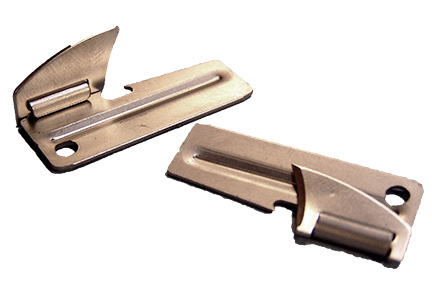
P38 Can Opener
You may want to add a can opener even though you probably don't want to carry any heavy cans of food in your disaster supply kit. But, you may find other canned food later. You may already have one on your pocket knife. If not a good, light-weight option is a P-38 military style can opener.
You may also open a can without a can opener, if you know how. The top of a standard can is just crimped around the cylinder of the can, making an air-tight seal. Using a rock or a brick, you wear down the top of the crimped lid all the way around the top. You can also scrap the can against a concrete sidewalk to do the same thing. It takes some time and elbow grease, but eventually, the lid will just pop off.
12 Areas: Cooking and Preparing Food
Click Here
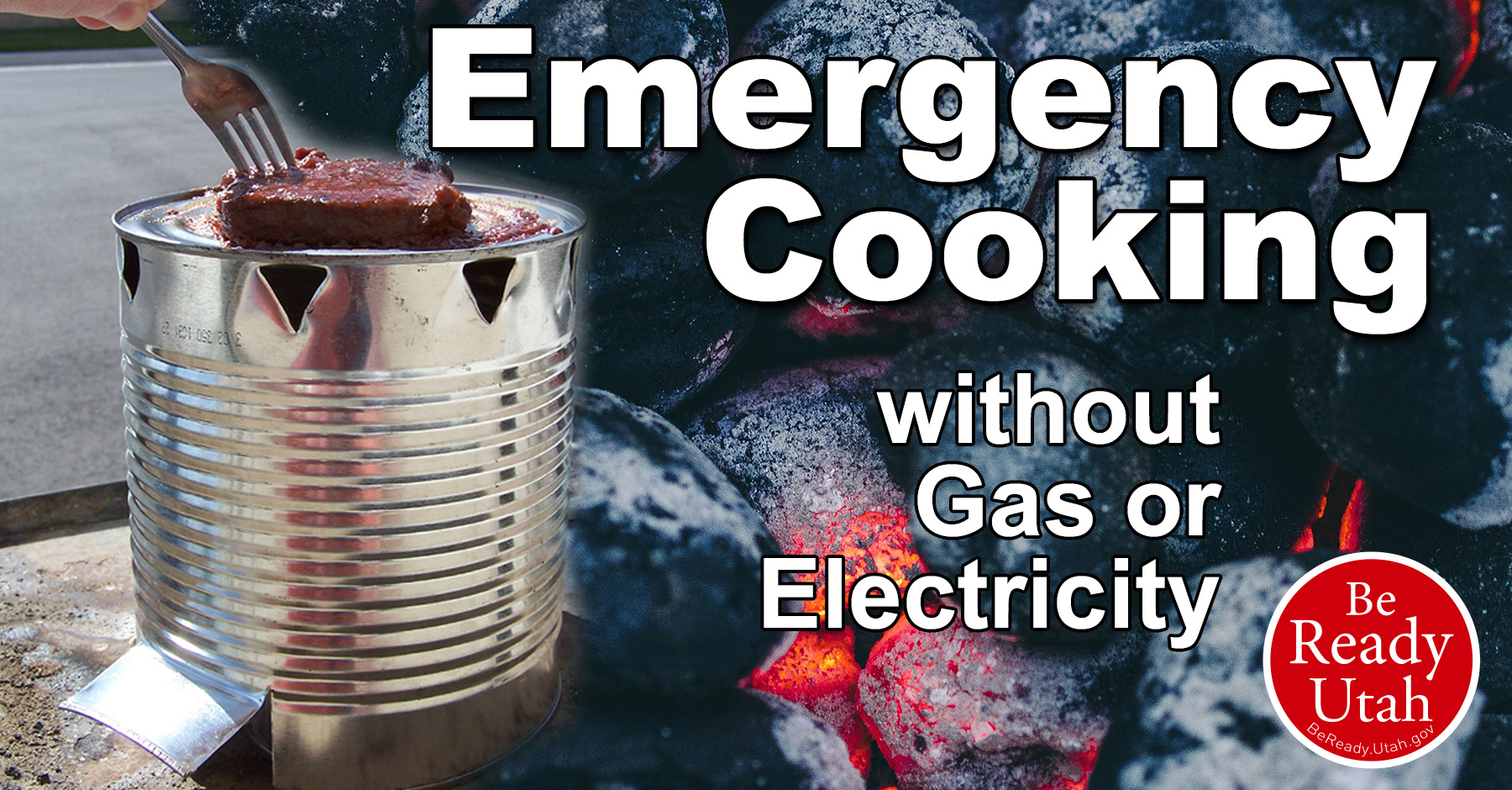
Safely Build a Fire
Click Here
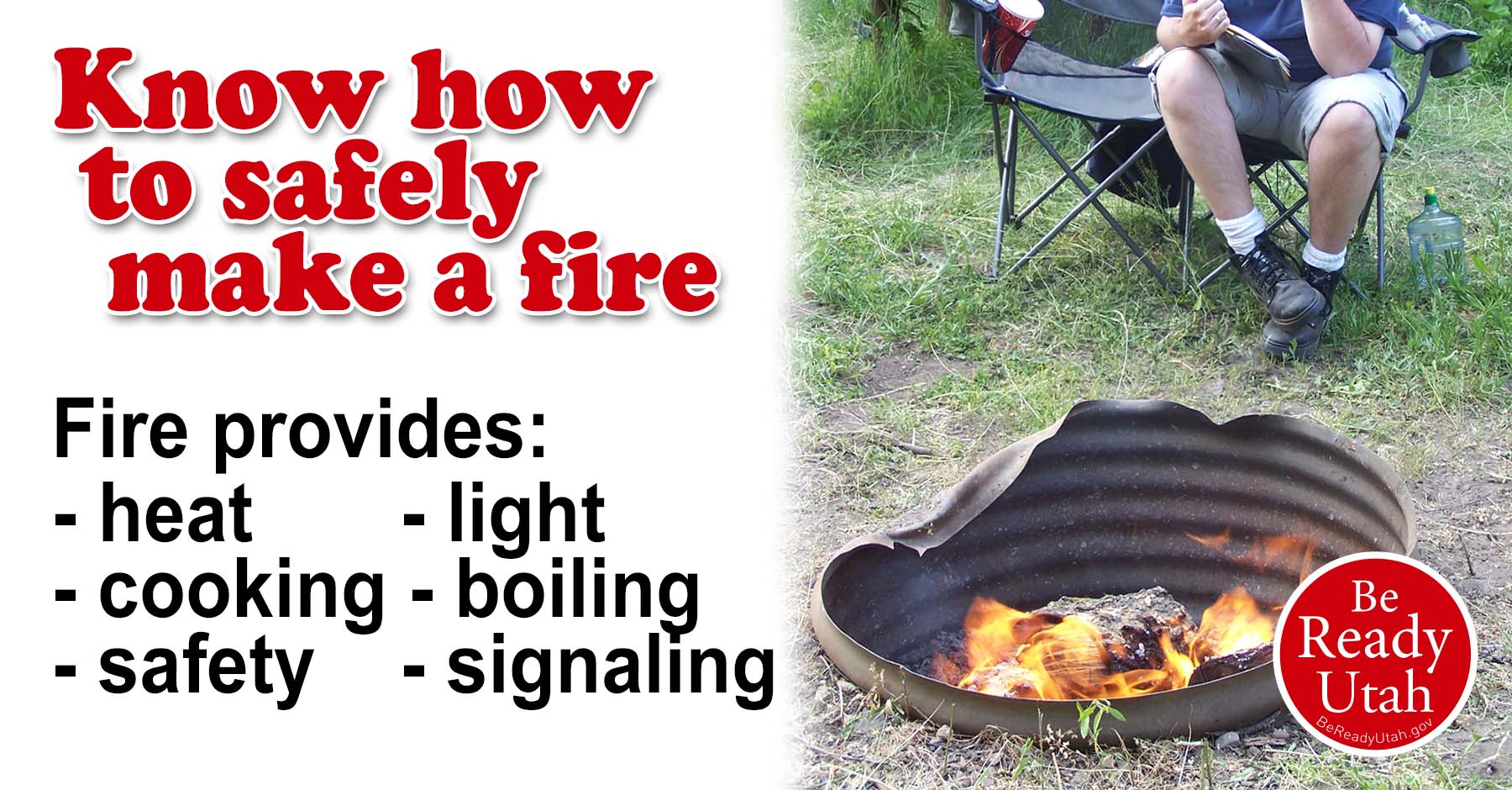
Get a Kit: Family
Click Here

